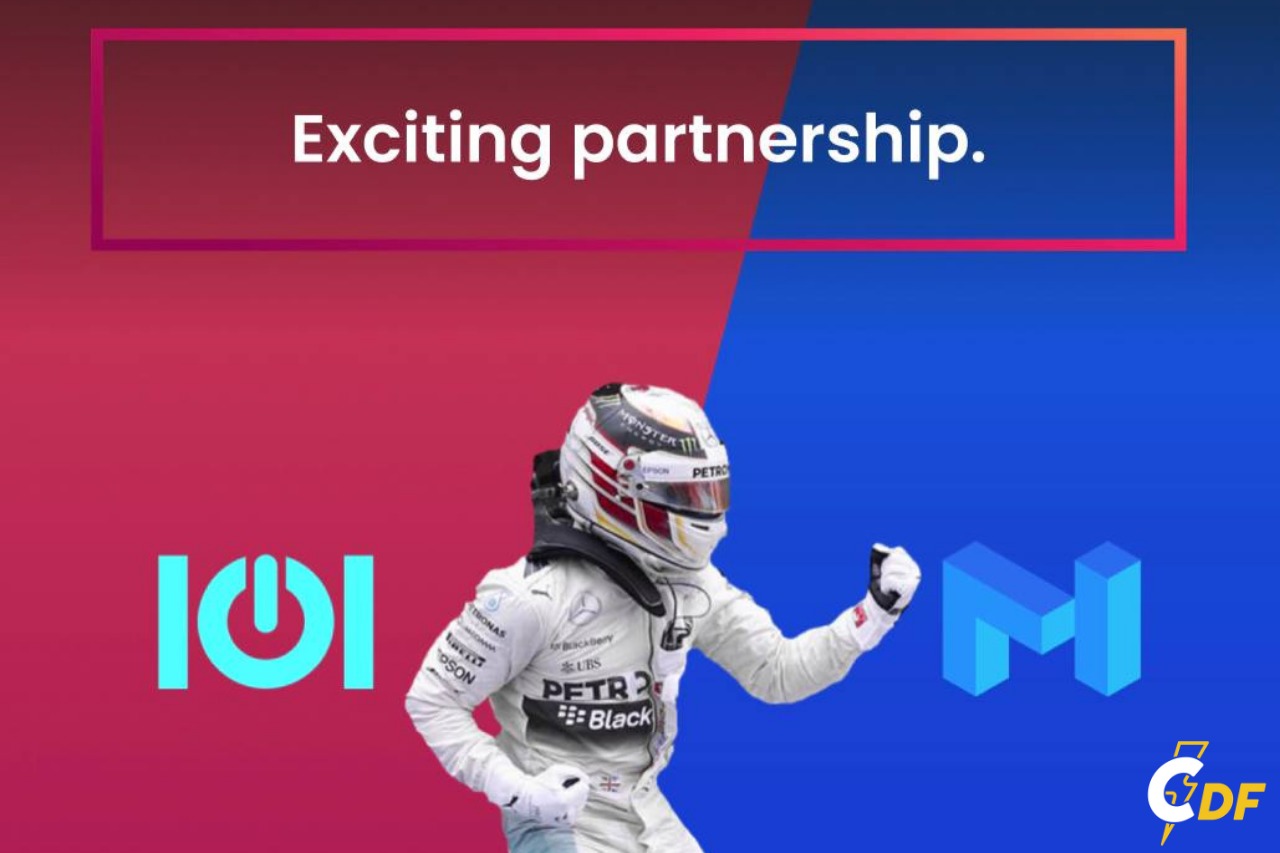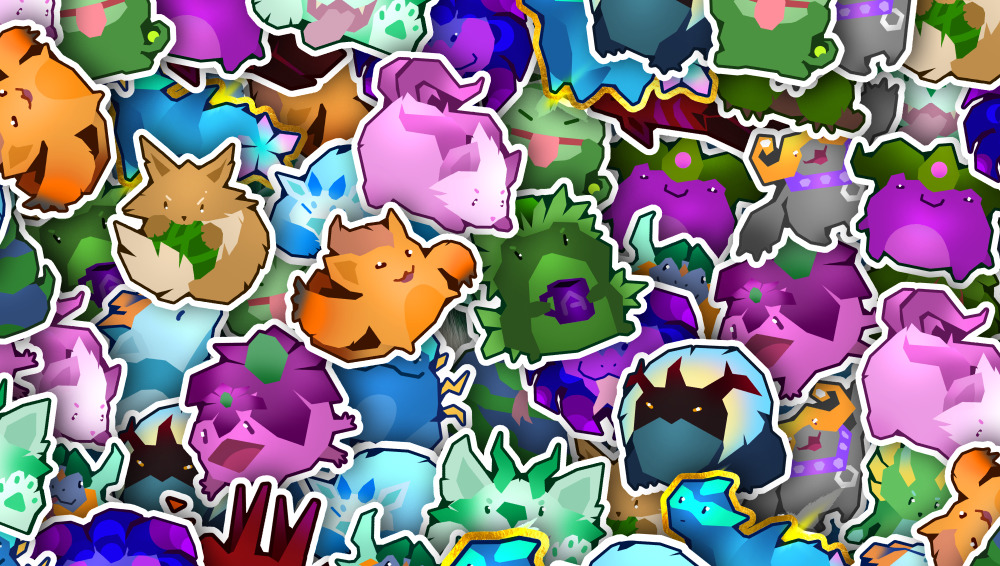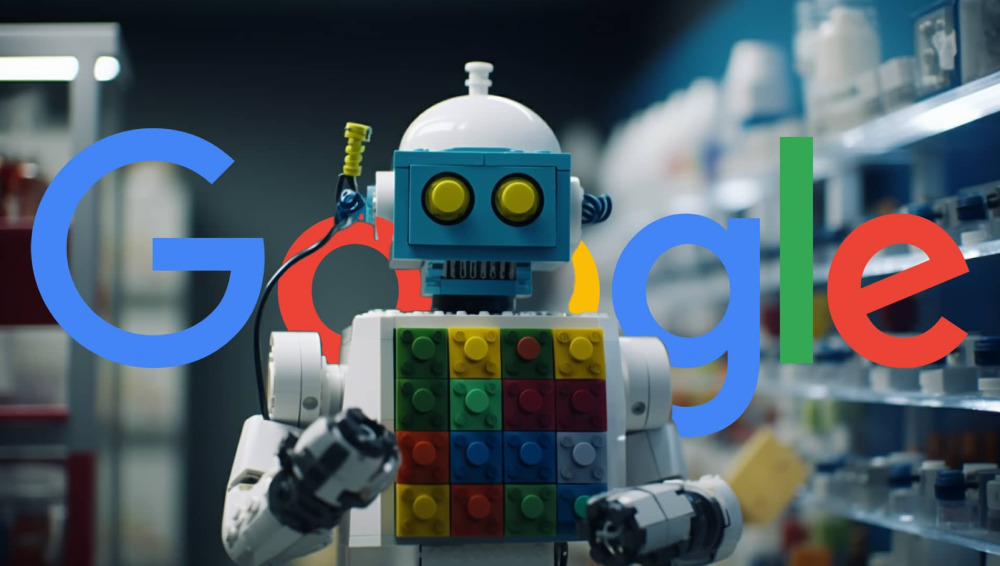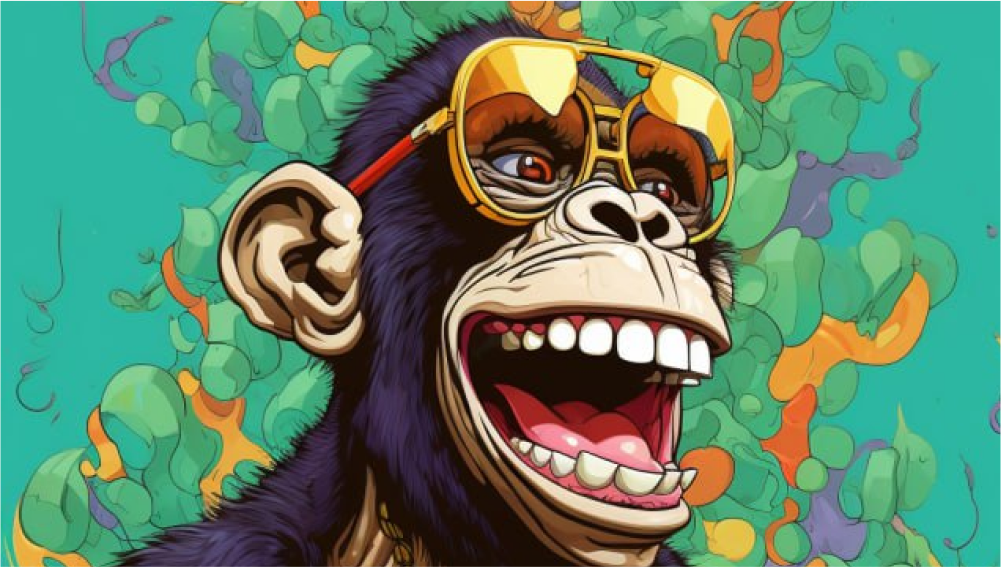Everybody is waiting for Ethereum technical update, and layer-two solutions are expanding. Ethereum 2.0. is coming, but probably not during 2021. Could these solutions be the answer for the high gas fees and get more project interest?
Ethereum is permanently in the center of crypto focus for some time now, and for good reasons. We are awaiting the technical updates related to Ethereum 2.0 or EIP 1559, and the CME Futures trading launch coming next month. As the popularity of the second-largest blockchain network continues to grow together with DEFI applications, so too does the urgency for improved performance and scalability. The Ethereum network has been dealing with some congestion issues, the most recent of which resulted in its transaction fees skyrocketing in January 2021.
As previously reported by CryptoDailyFuel in this article, the Tether (USDT) stablecoin is one of the biggest users of gas in the network followed by other popular Defi applications as Uniswap or farming projects are among the biggest gas-guzzlers in the network.
Ethereum 2.0 is coming, but when?
As the DeFi ecosystem continues to grow, the urgency for scaling solutions that can ensure network usability continues to rise. Ethereum 2.0 is regarded as the long-term solution that can bring stability to the network, and the long-awaited upgrade is set to be released in 2021. Unfortunately, it will not bring immediate changes and the first iteration will serve as a testing ground that can last more than a year confirmed also by the creator, Vitalik Buterin.
As such, the need for an alternative scaling solution that can either compete, coexist, or precede Ethereum 2.0 becomes inevitable. Issues such as gas prices can be solved without Eth 2.0. There are plenty of layer 2 solutions launching and available — Matic, Skale Labs, OMG Network, Loopring, etc which would solve these problems to some degree. Dapp developers are actively integrating these technologies or attempting to build their own.
Second layer solutions aim to provide all, or most of the functionalities and security of their underlying blockchain without using it, or more accurately, using it in a different way. This is helpful in the short-term, as it relieves the Ethereum network of congestion.
Matic network solution
Matic Network builds on the Plasma project and provides an alternative proof-of-stake blockchain based on the technology’s adapted version. It uses a decentralized network of stakers or validators who have deposited Matic to act as checkpoints between the two blockchains. This method allows for cheaper, faster, and a higher volume of transactions per second, or TPS, on the second network, which can then be settled on the Ethereum network.
Matic provides solutions for multiple players in the decentralized app space, including payment networks, decentralized exchanges, and even gaming DApps, which, according to DappRadar, urgently needs such an alternative. Gaming activity dropped around 90% last year, so it is urgent for that sector.
The Matic latest partnership with IOI
Matic Network is leading the race in the gaming industry and announcing every day a new partnership. The strategy is to onboard as many projects as possible with a focus on DeFI and gaming.
IOI corporation builds a blockchain ecosystem named Trade Race Manager powered by DeFi and NFTs with one token economy suitable for gamers, traders, and crypto enthusiasts, which connects all the missing dots.
Trade Race Manager (TRM) is a PvP game that brings unlimited rewards and play2earn mechanics. The core gameplay is around collecting, use and trade of Non-fungible tokens while enjoying cryptocurrency trading.
IOI Team is developing the NFT with more utilities and not representing only the collectibles or gaming items. One of the biggest challenges for any cryptocurrency project is creating tangible utility for their underlying tokens or assets. As seen over the years, many projects were launched without a product and with tokens with no actual use case.
The IOI game, as the first project, had its soft launch in 2020. The TRM is an upgraded version with 3D models and NFT features running on the scalable blockchain network.
The project will implement the first NFT car very soon, followed by the NFT team station and NFT tracks with unique reward features.
This is the example of the successful layer two solution gaming implementation, and we will bring more project reviews soon.
For the project news and updates please follow the Matic Network and Trade Race Manager twitter.
Disclaimer: This article is provided for informational purposes only. It is not offered or intended to be used as legal, tax, investment, financial, or other advice.





